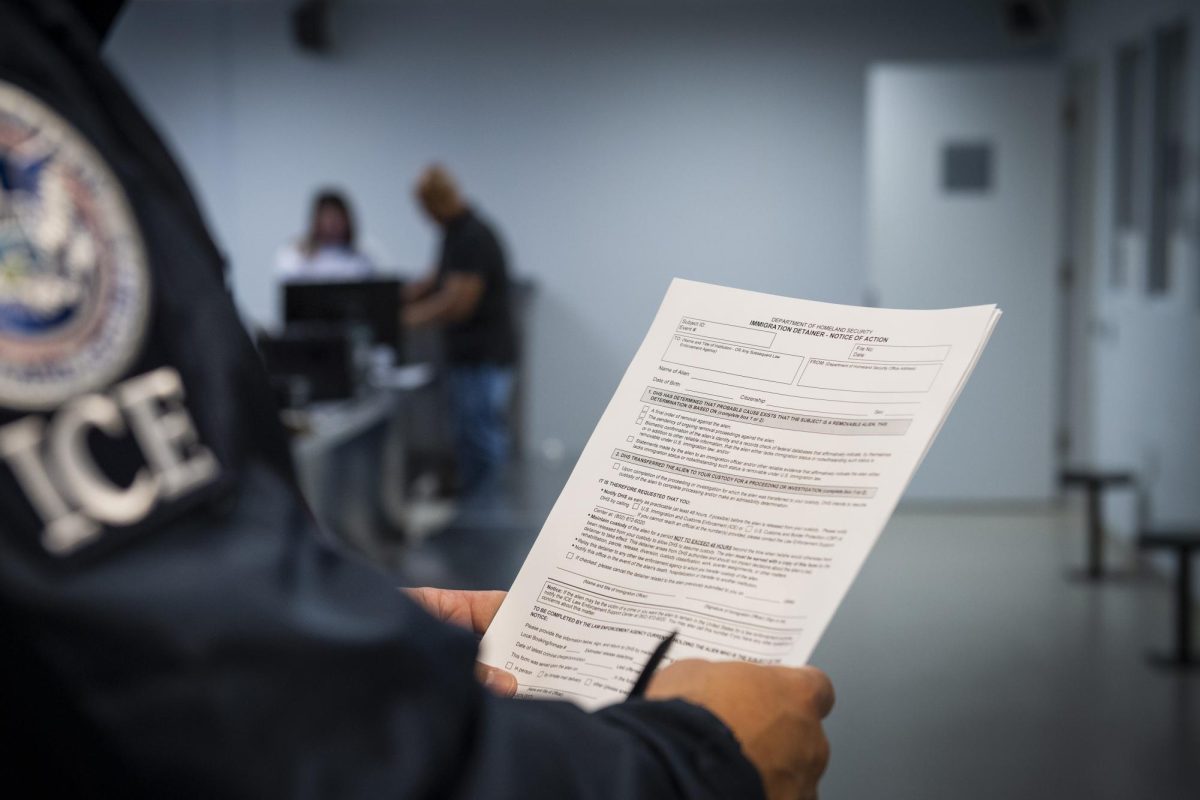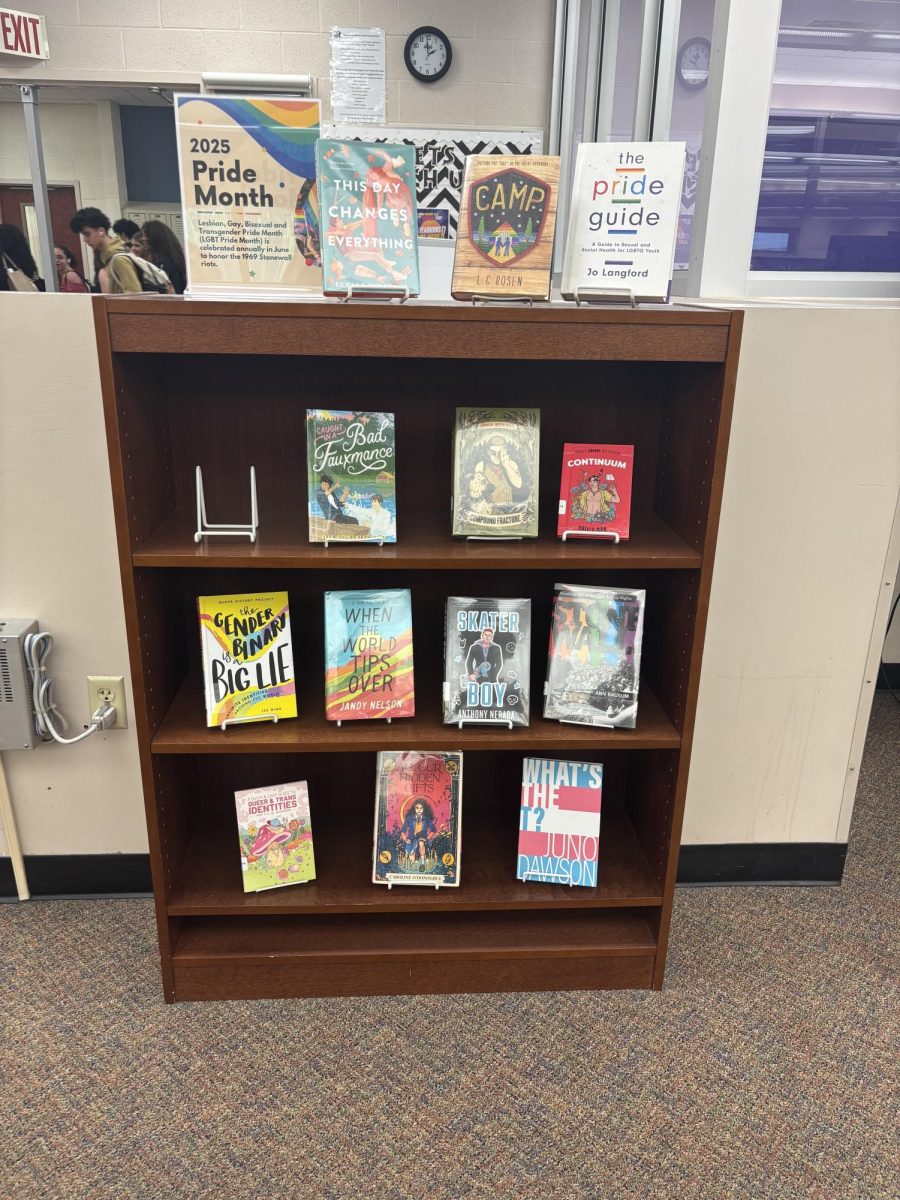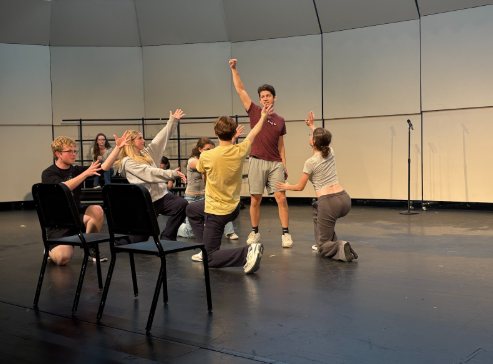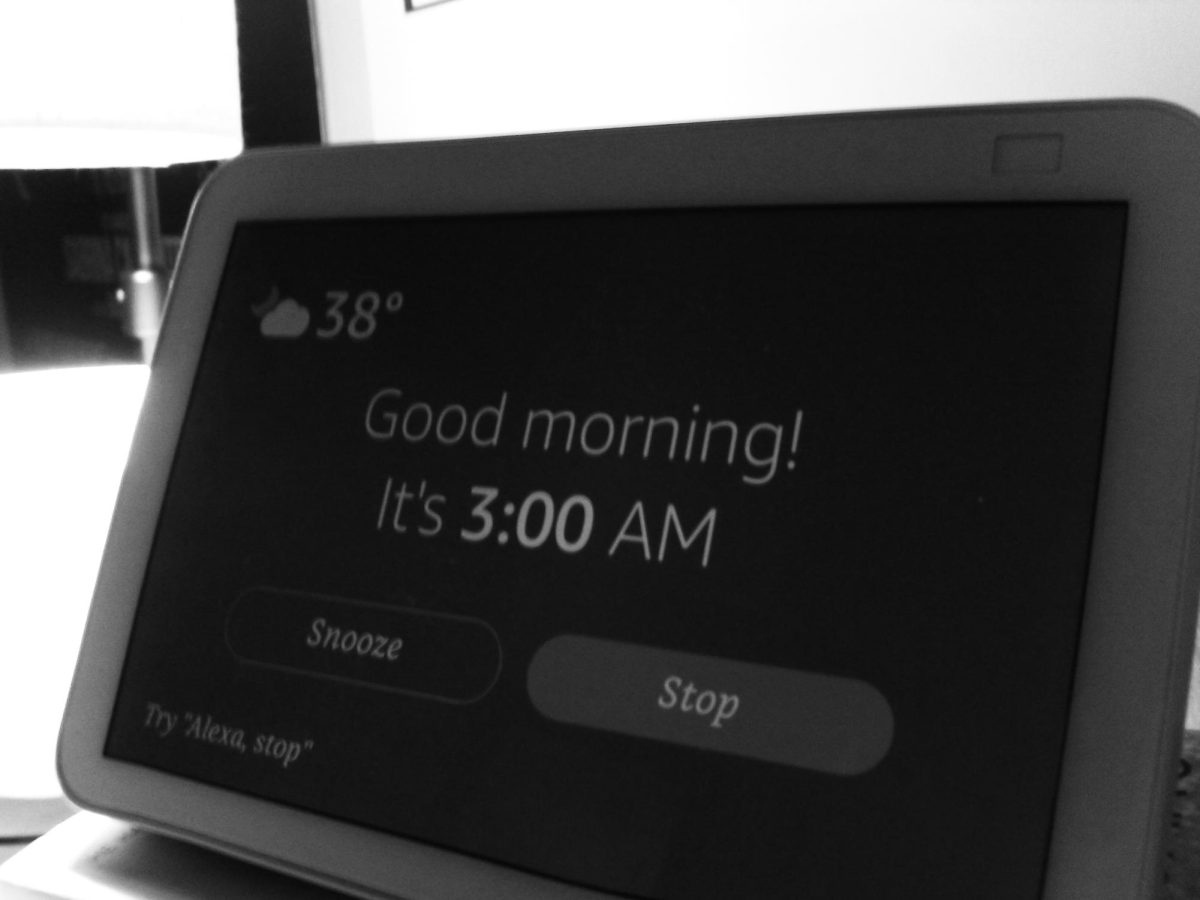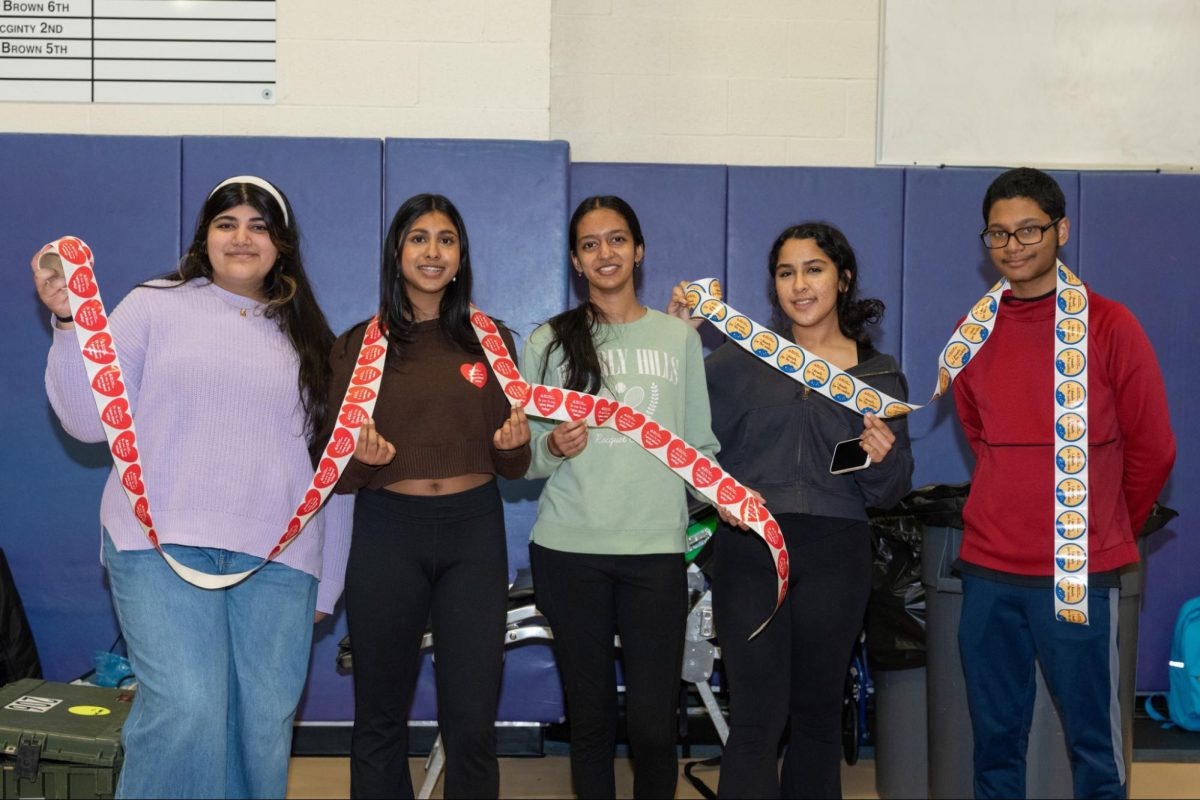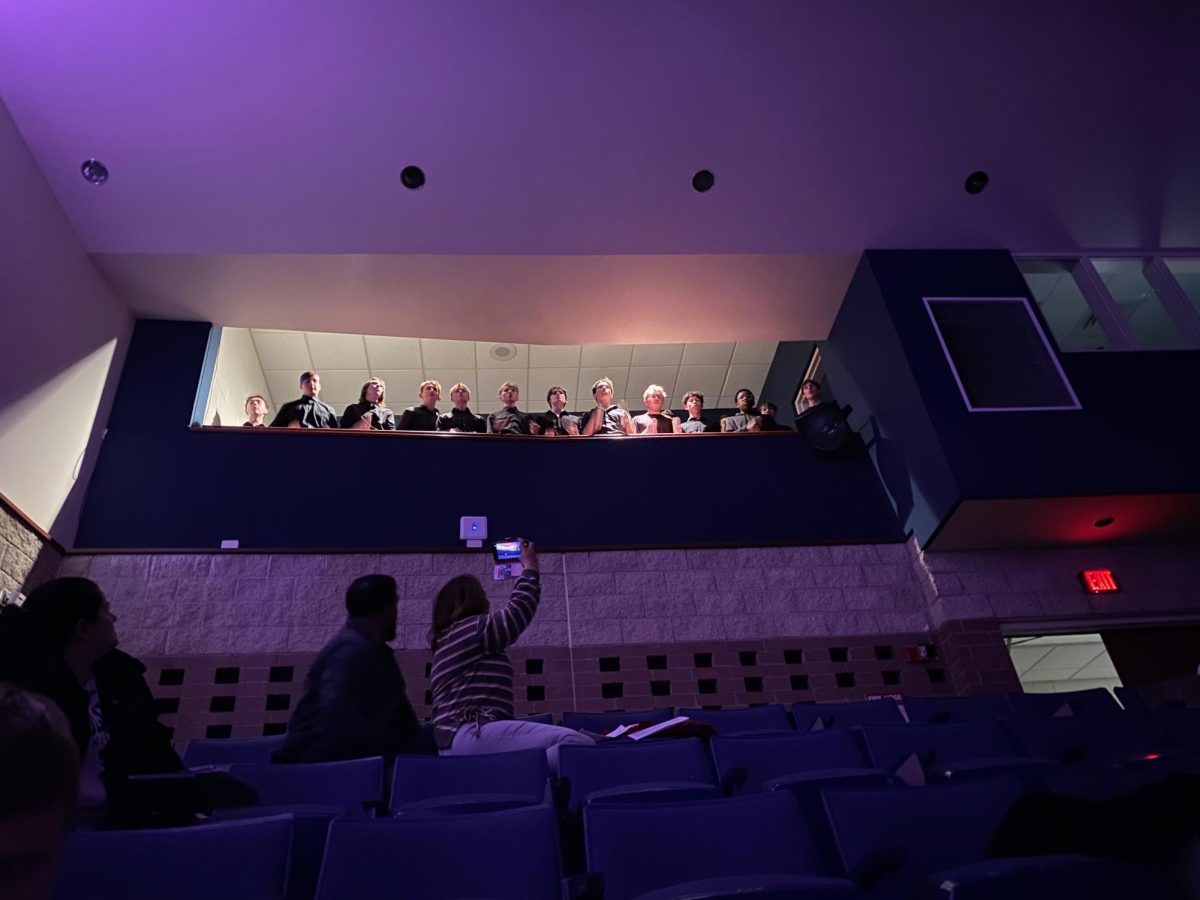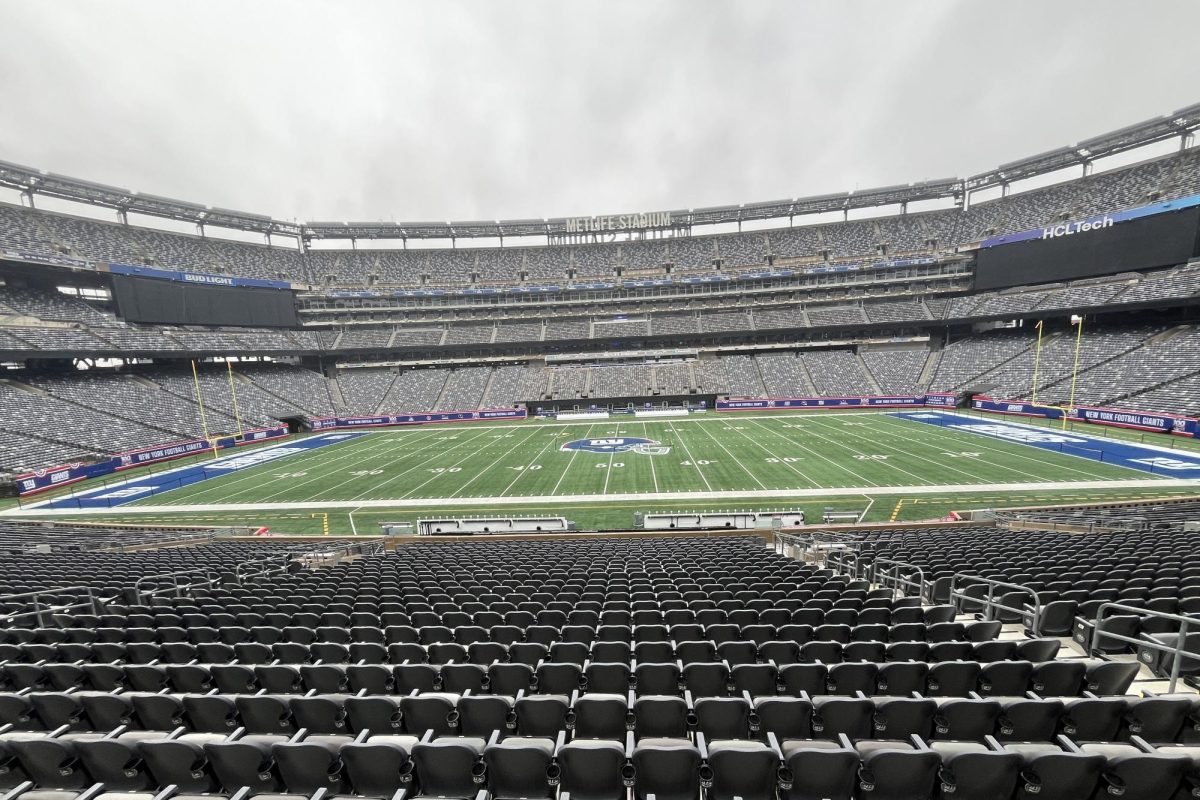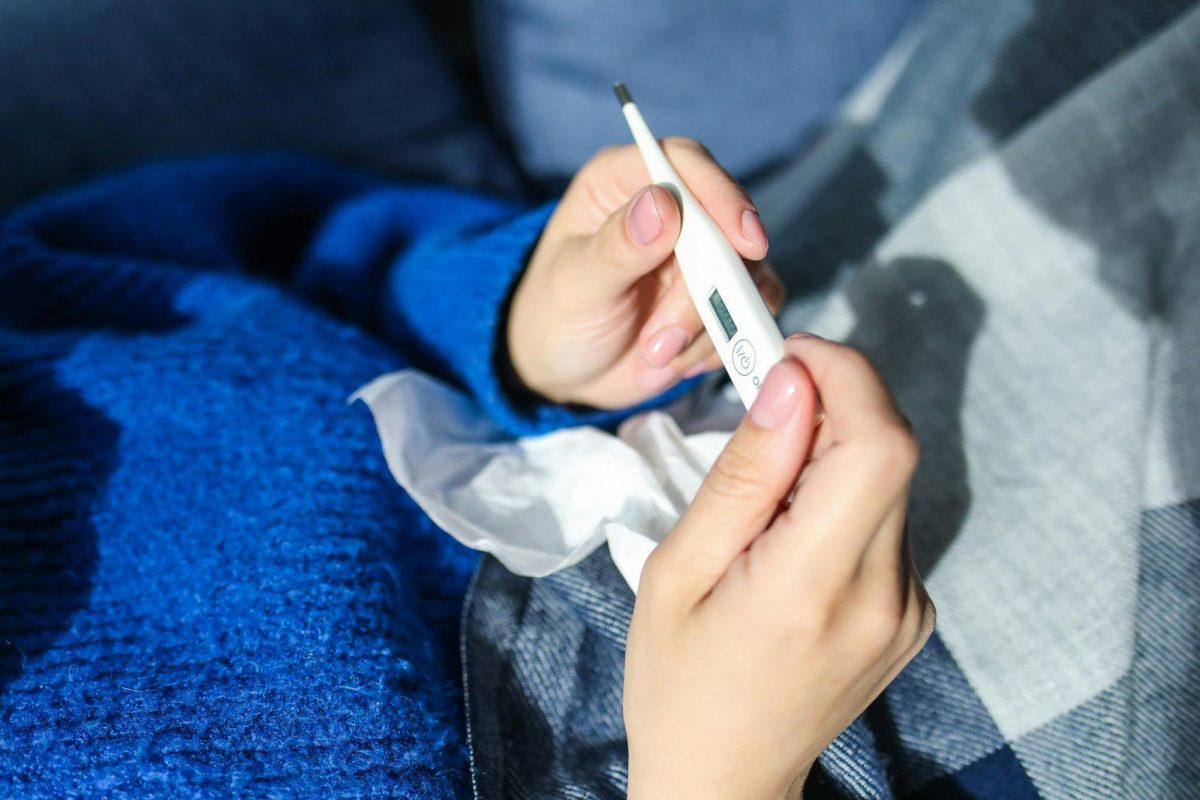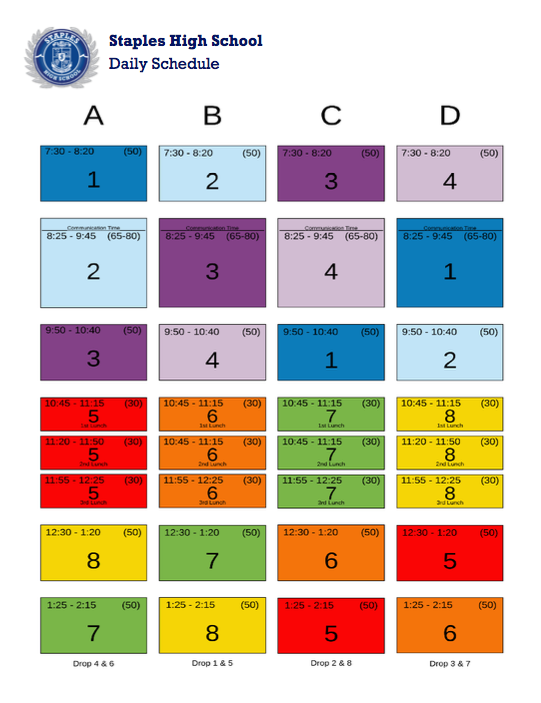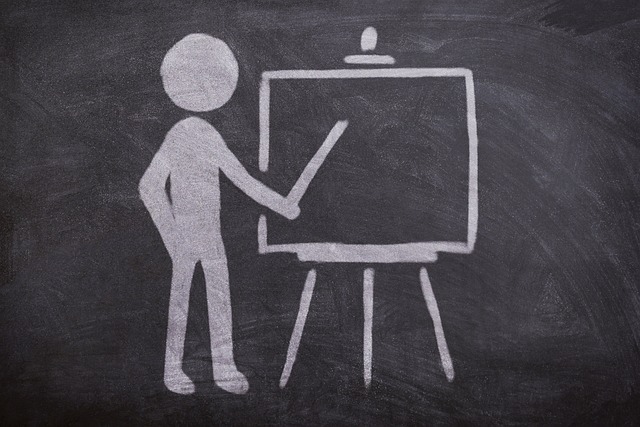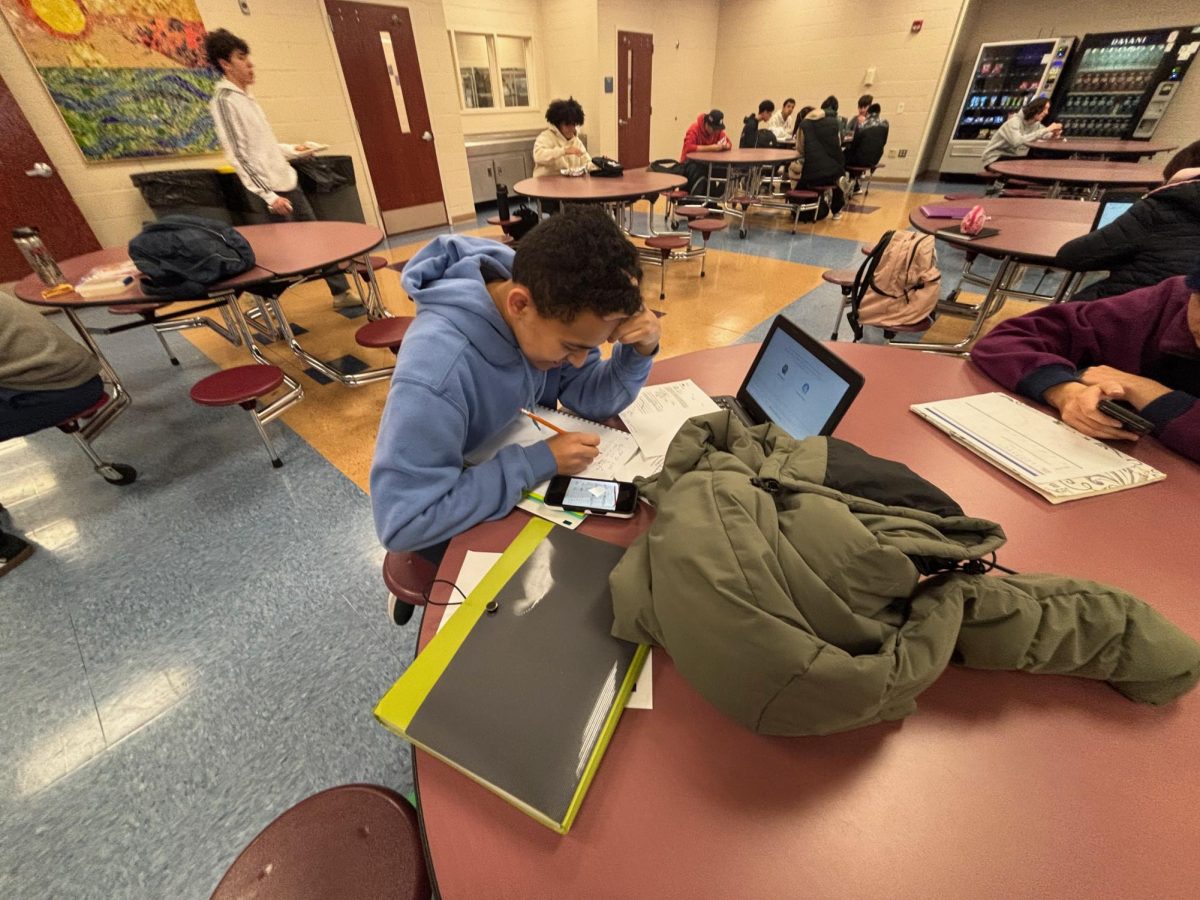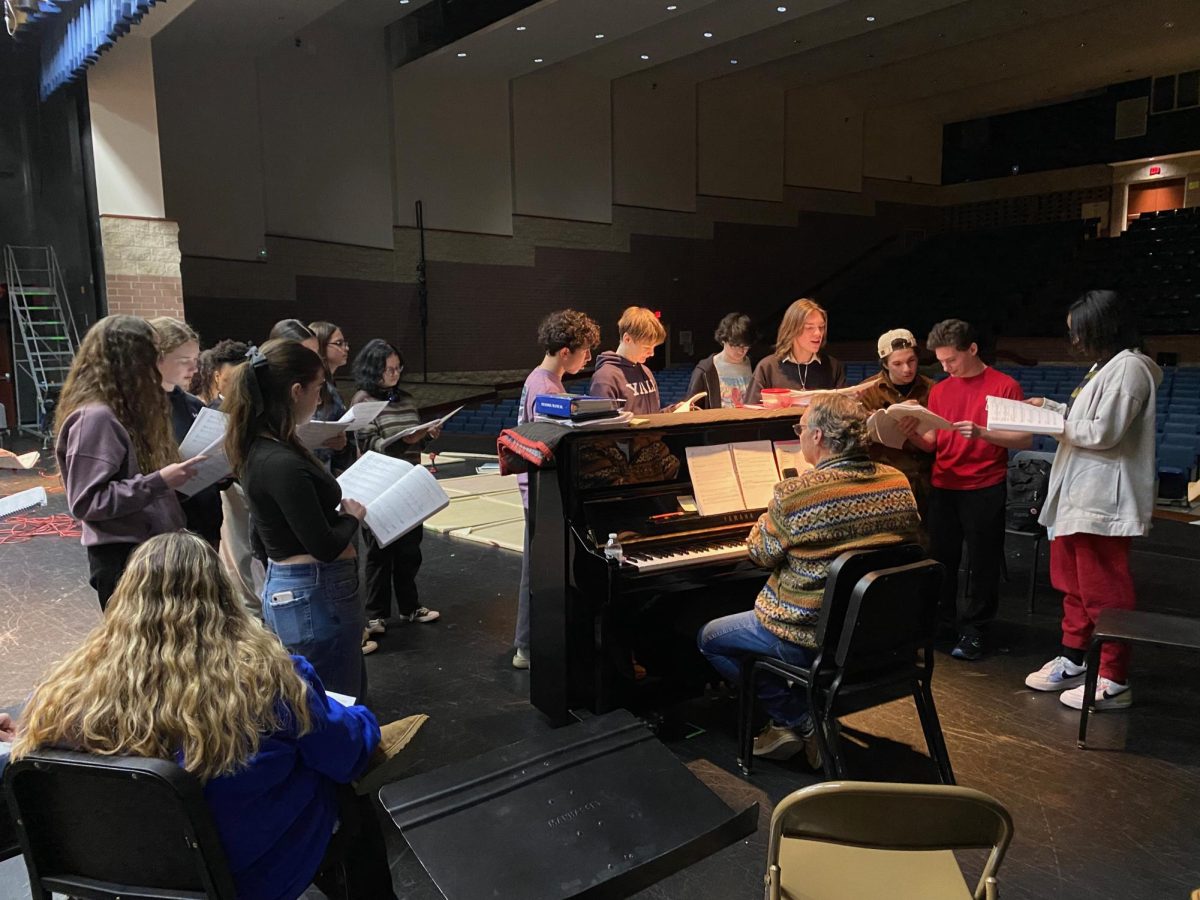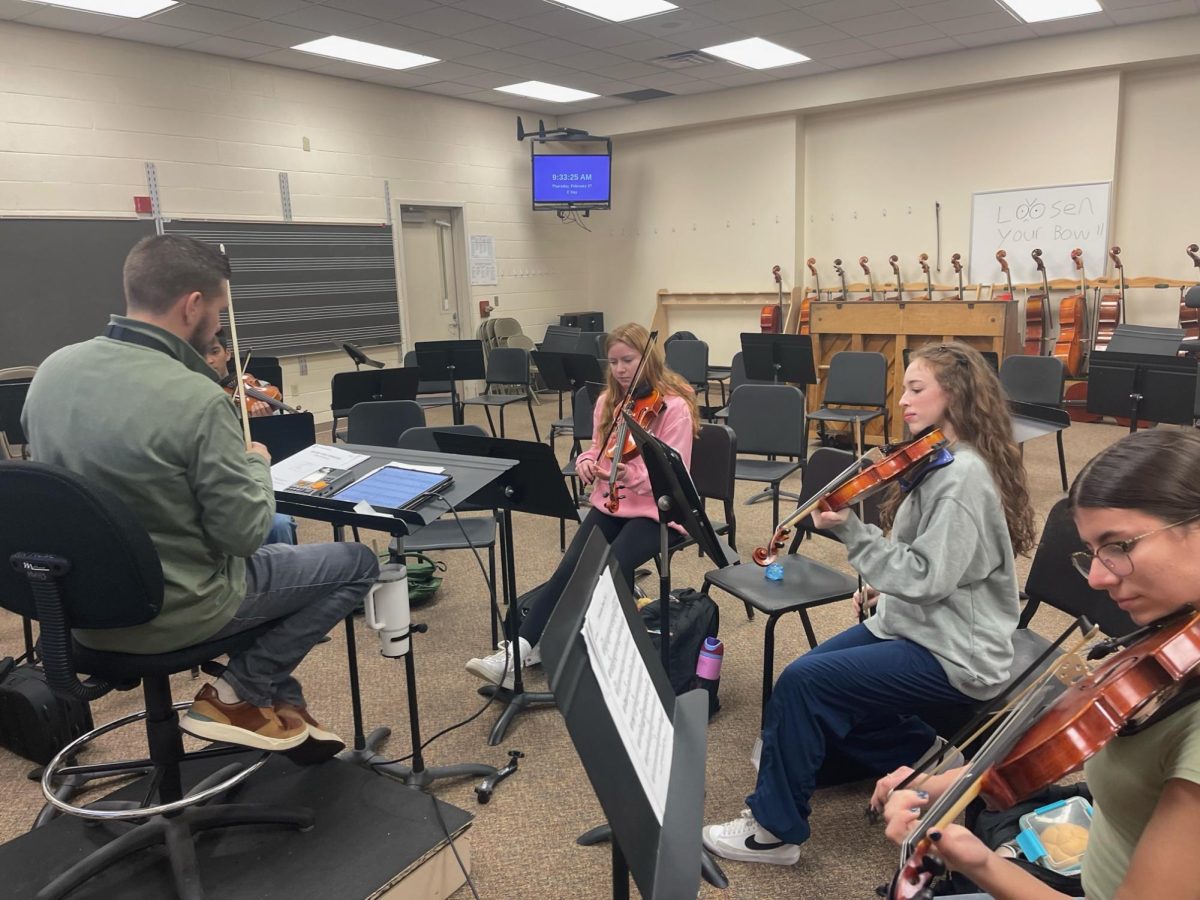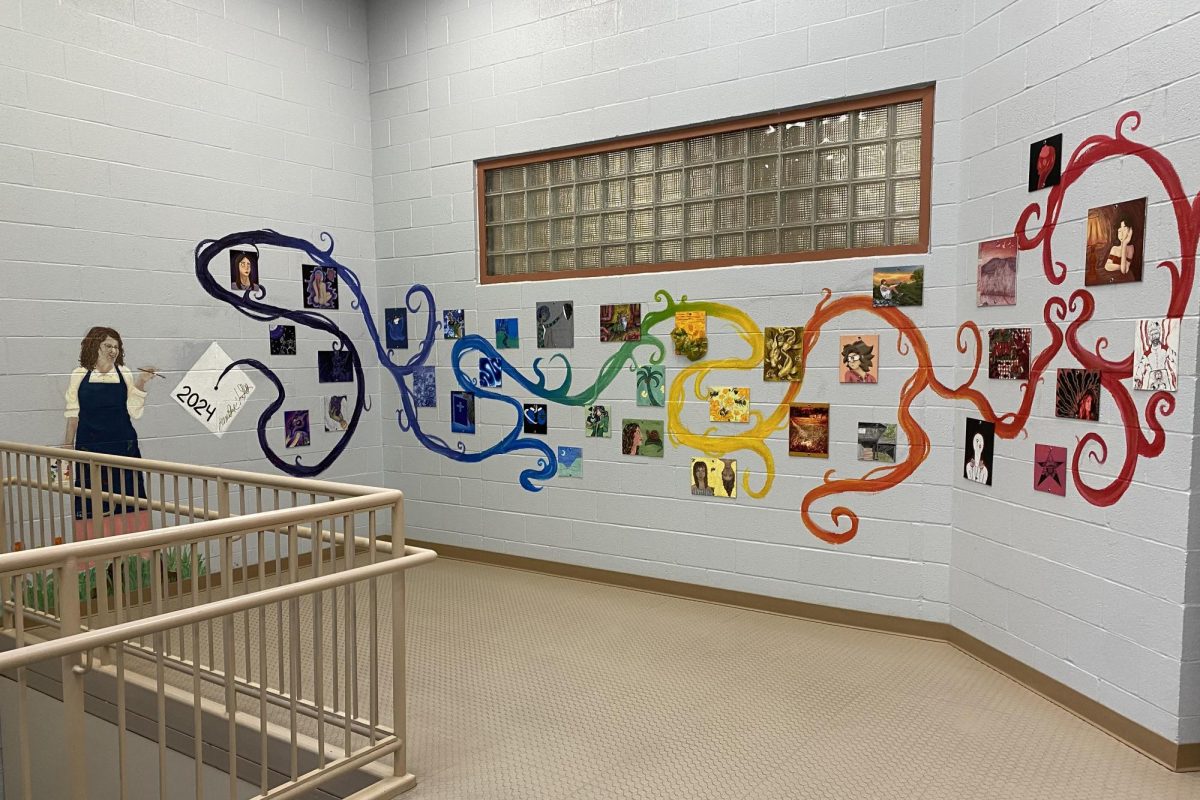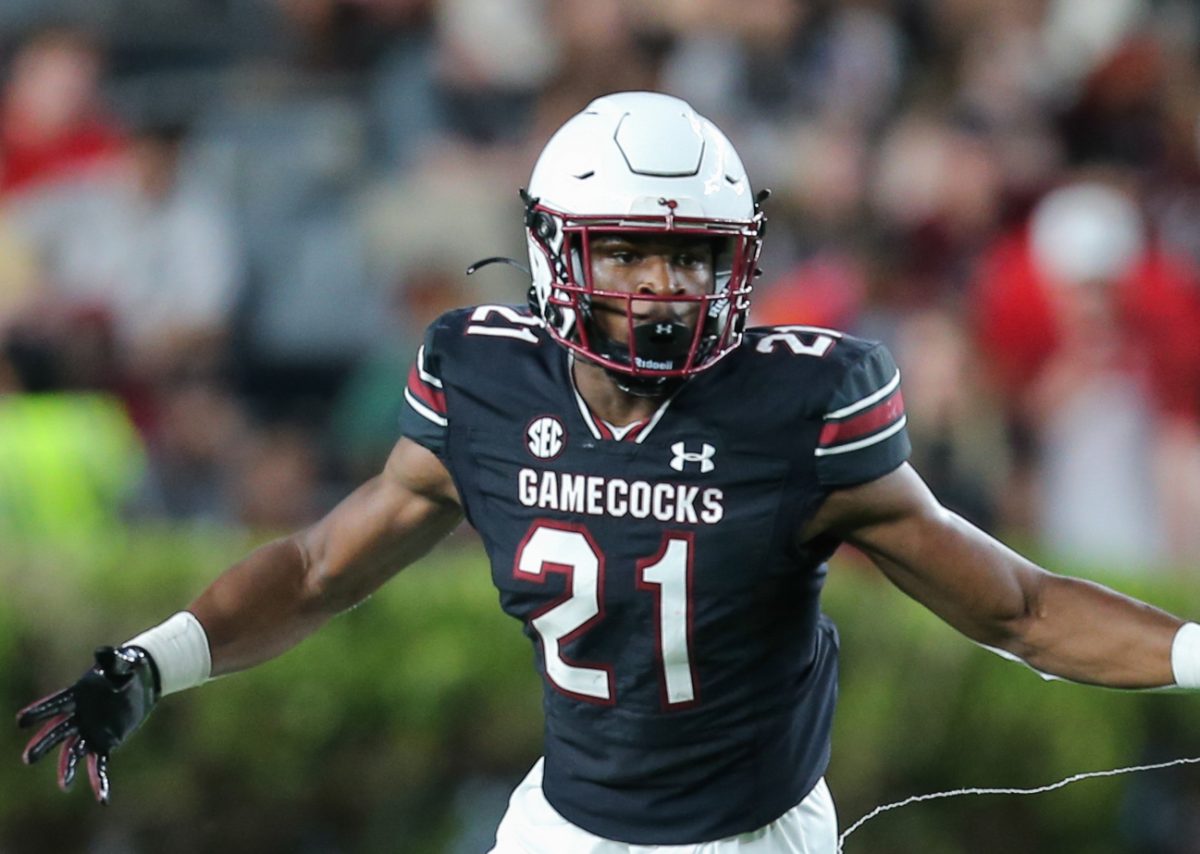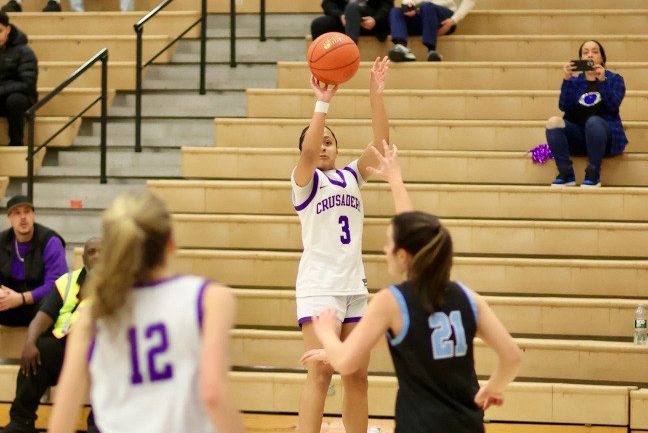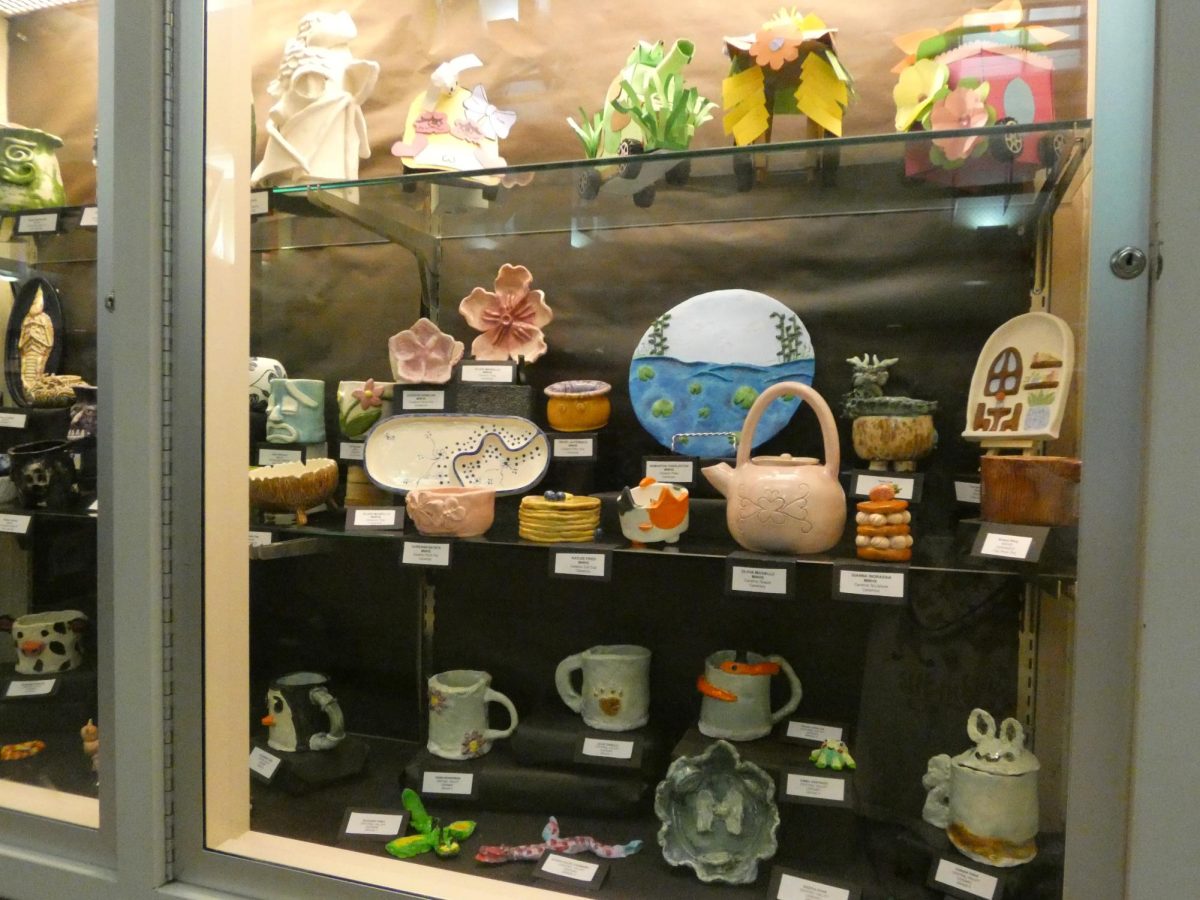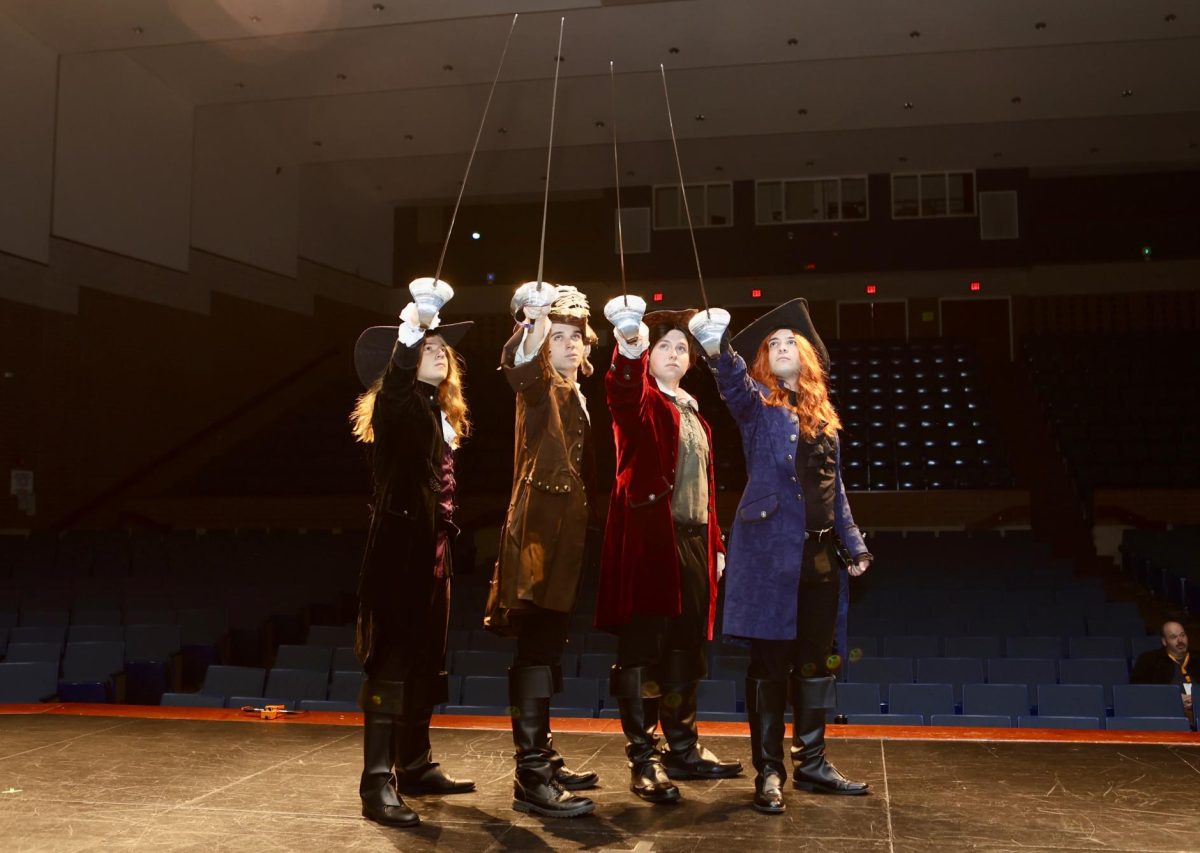Sign Language Club Promotes Awareness of American Sign Language
February 6, 2020
The Sign Language Club is a student-run club that promotes awareness of American Sign Language and deaf culture. The club meets every other Thursday in room 416 at 2:15 p.m.
Members of the club do many activities that help reinforce their understanding of sign language. Caitlynn Chanat, a member of the club, said that they pick a topic for the week from words on the internet, for example, colors, question words, animals, etc. Then they create slides and present it to the class, who have to sign the shown word.
“Other activities that the club does are bingo, Kahoot!, vegetable jeopardy, creative sentence making, Hedbandz, ‘signman’ says, spelling competitions, coloring, and memory cards,” said Alana Kim, the president of the club.
According to Mr. Rodriguez, the adviser of the club, the sign language club hosted a movie day where they sold snacks to help the club and showed A Silent Voice, which is an animated film about a deaf girl who gets bullied and later on tries to become friends with her tormentor.
Learning a new language can be challenging and difficult. “American Sign Language is not a language that can simply be learned overnight. There are way too many phrases and words to be memorized, it would take years of practice to reach fluency,” said Kim.
When asked a similar question, Chanat responded, “It’s just as hard to learn sign language as any other language in this school.”
According to the World Health Organization, “There are 466 million people in the world with disabling hearing loss. This is over 5% of the world’s population; 34 million of these people are children.”
“I guess a common misconception is that American Sign Language is useless unless you know a deaf person, but just think about how you can make someone’s day by learning a little bit of sign,” said Kim.
According to Lead with Languages, “Being proficient in ASL allows you to communicate with a wide range of hearing, hard of hearing, and deaf individuals—including students in mainstream and deaf school or university programs and deaf or hard of hearing residents and business people in your community.”

